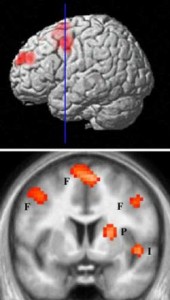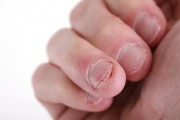Helping children face their fears may be more productive than focusing on other techniques to help them manage their anxieties, according to research presented at the annual meeting of the American Academy of Child and Adolescent Psychiatry in Chicago. [continue reading…]
October 2008
A study carried out in the Institute of Neurosciences of the University of Granada (Spain) and the Mental Health Unit of the Hospital Neurotraumatológico of Jaen (Spain) has evaluated the quality of life of patients suffering from bipolar disorder (BD), in comparison with the general population, and which variables are connected with patients with a lower quality of life. Part of the results of this research work has been included in a scientific paper of the August 2008 issue of the renowned international journal Bipolar Disorders. In addition, the Headlines review of the American Psychiatric Association has selected such article, among those published by the highest-impact psychiatric journal, as the relevant paper of the month as regards psychiatric disorders and their treatment. [continue reading…]
 On Sunday 2nd November summertime will officially end for us here on the West Coast of Canada when we turn back our clocks and usher in the dark, never ending rainy days of fall.
On Sunday 2nd November summertime will officially end for us here on the West Coast of Canada when we turn back our clocks and usher in the dark, never ending rainy days of fall.
Like many people I look forward to that precious extra hour in bed on Sunday, but the dark fall and winter days are no laughing matter for those who suffer from Seasonal Affective Disorder. [continue reading…]

The "hate circuit" of the brain – areas that activate when looking at a hated person – revealed by fMRI scans. F = frontal cortex; P = putamen; I = insular (Credit: UCL)
The proverbs tell us that there’s a fine line between love and hate, and new scans of the brain’s “hate circuit” have confirmed similarities between the two powerful emotions.
But whereas loved-up partners are likely to be less rational, the new scans show hate to be colder and more calculating. Click to continue reading this New Scientist feature
Source: New Scientist, Journal reference: PLoS ONE (DOI: 10.1371/journal.pone.0003556)

